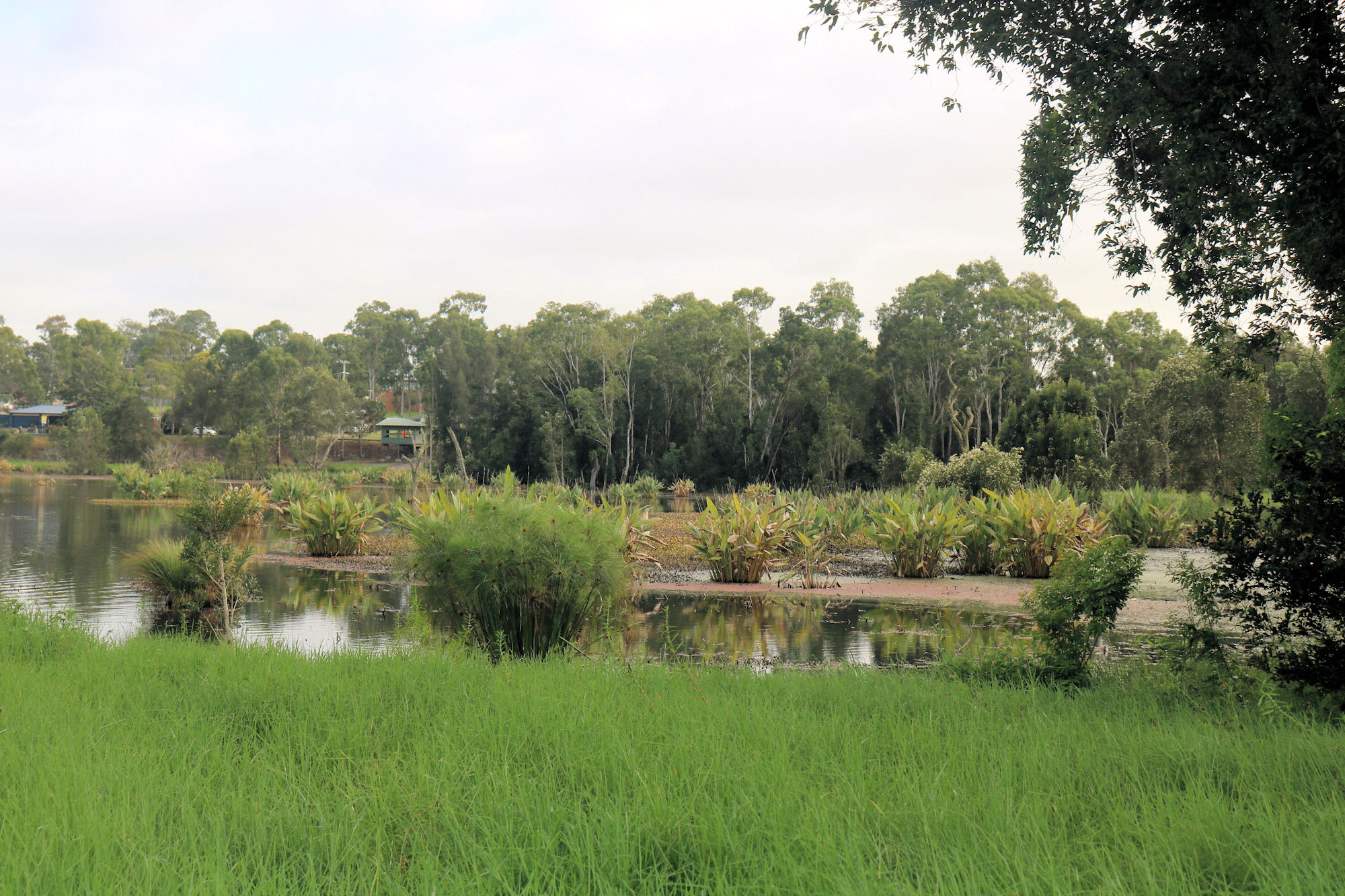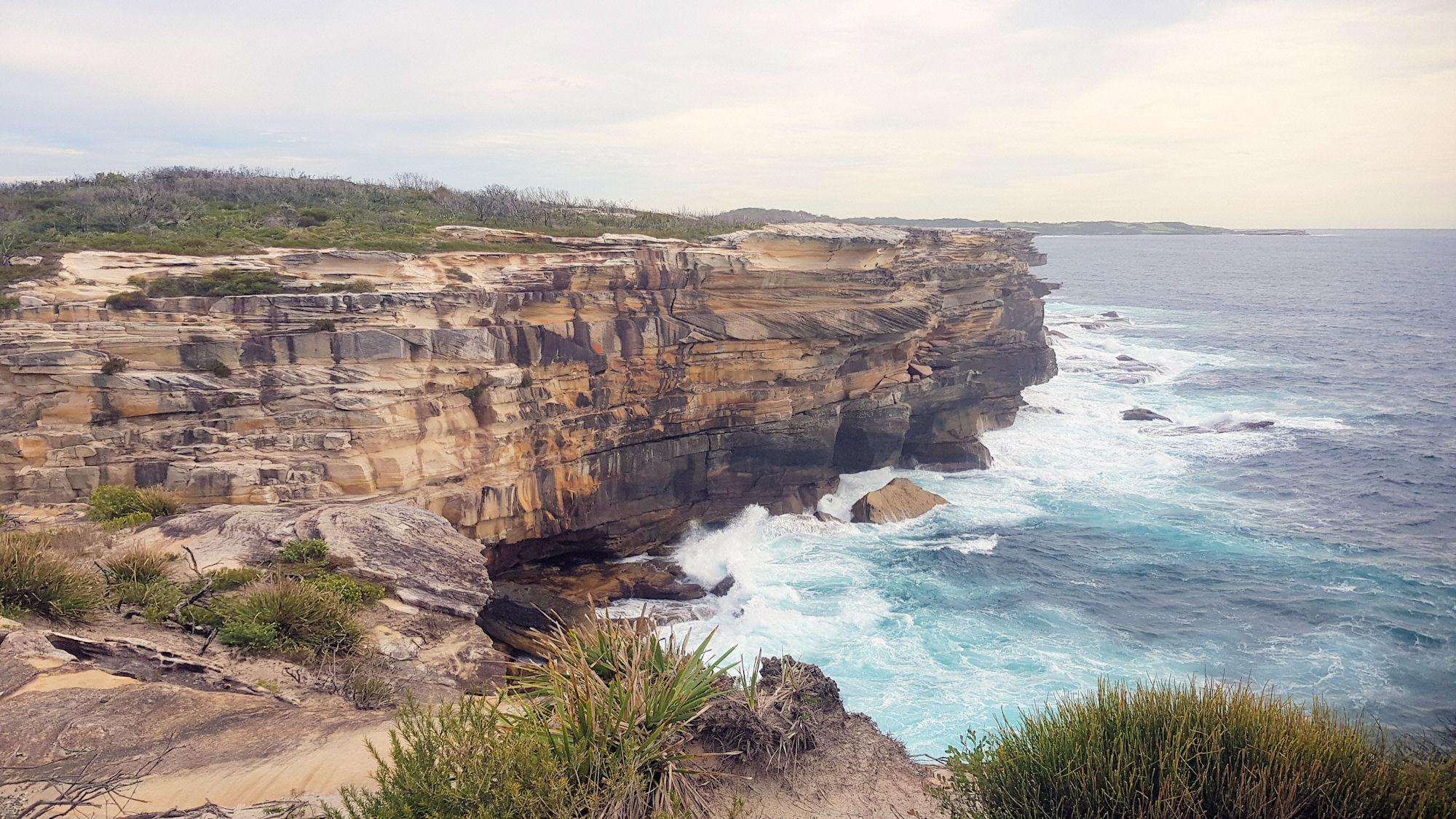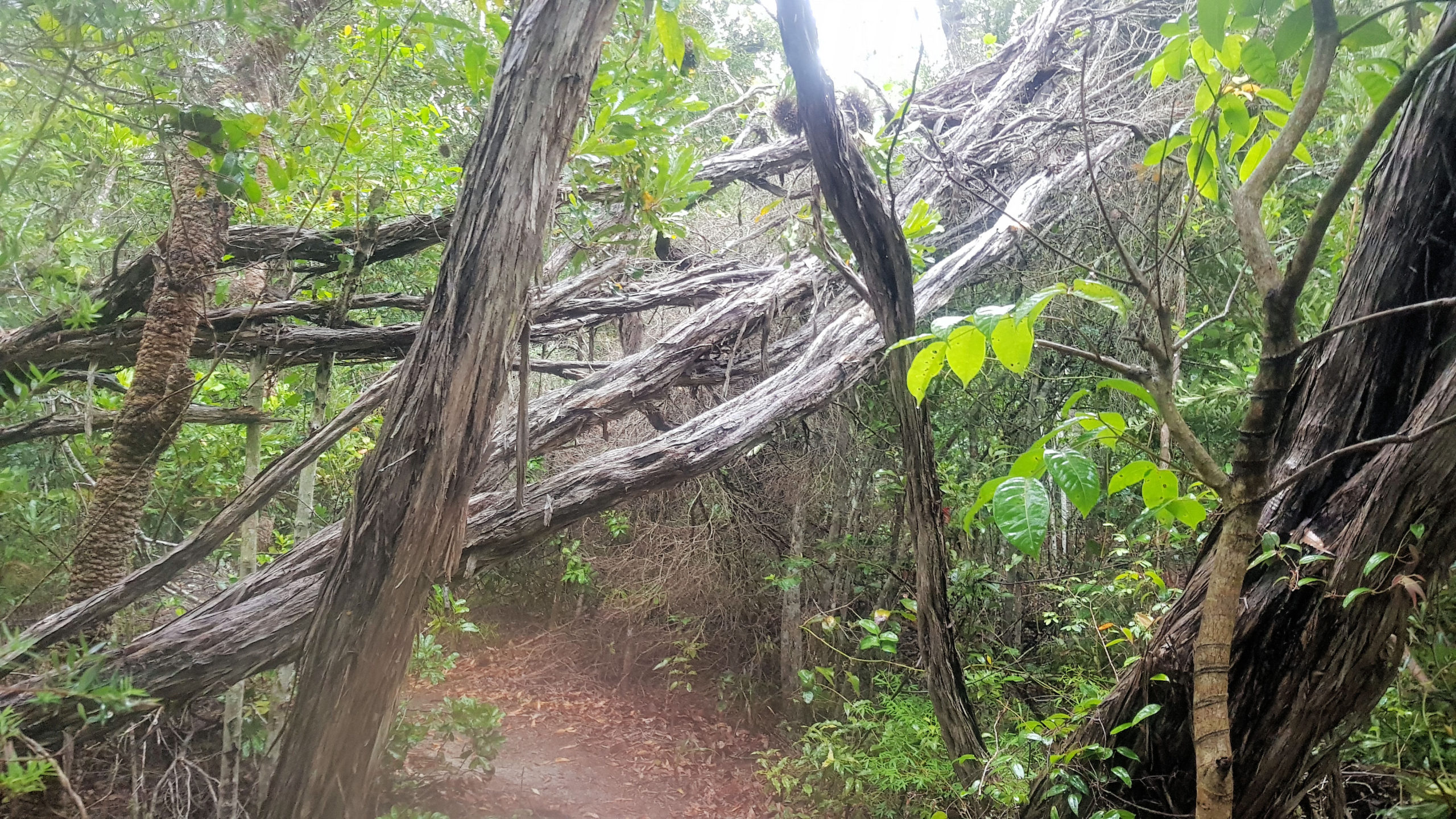Tag: track
-
Seaham Swamp Nature Reserve

Seaham Swamp Nature Reserve Managed by the NSW National Parks and Wildlife Service, the Seaham Swamp Nature Reserve, is a small, but important park. Located 40km north of Newcastle, it contains colonial heritage and an important bird habitat. We parked in a car park near St. Andrew’s Church, which let us walk to Tom’s Cottage… Read more
-
Cape Baily Track Kamay Botany Bay

Cape Baily Track Kamay Bay National Park Getting There Located in Kamay Botany Bay National Park, the Cape Baily Track winds along coastal cliffs with amazing ocean views. The track starts at the end of the park’s road, past Cape Solander. A car park next to a helicopter landing pad provides easy access to the… Read more
-
Wyrrabalong National Park

Wyrrabalong National Park Getting There and Parking Located on the Central Coast Highway near Norah Head, Wyrrabalong National Park is an hours drive south of Newcastle. We parked in a small car park just past the Pelican Beach Road turn-off, which was small, but well maintained. Signs and an information board provide information about the… Read more